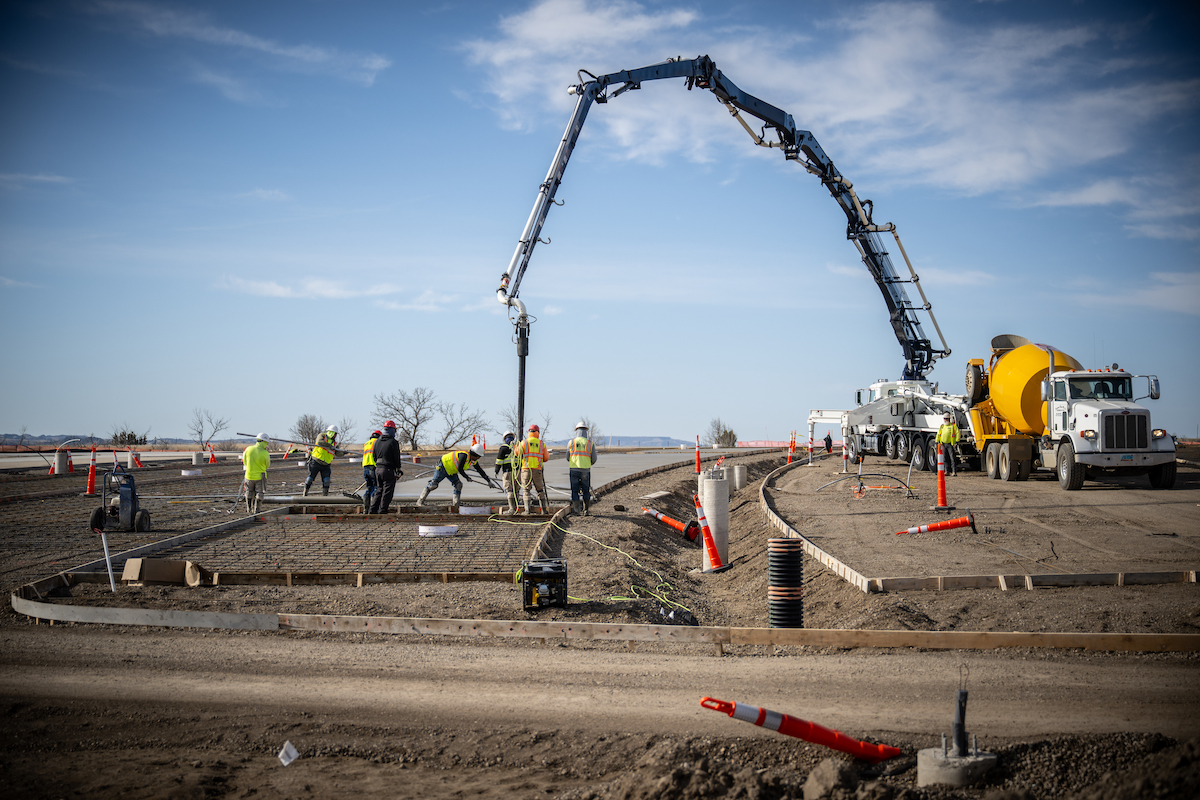Minnesota is a national leader for LEED, ranking No. 8 on USGBC’s list of 2019 Top 10 States for LEED, and its continued progress is an achievement for both the state and the environment. The milestone of 100 million square feet of LEED-certified space is meaningful for the state and the local USGBC Minnesota community members, volunteers, and supporters.
Minnesota’s leadership originated with a group of volunteers who met in 2003 to form what would become USGBC Minnesota. At that time, LEED was not the accepted green building standard that it is today. Locally, few contractors had ever constructed a LEED building, and sustainable products and materials were virtually nonexistent. While there were pockets of individuals and organizations within the state interested in and working on sustainable buildings, a coordinated green building community in Minnesota did not exist. Now, Minnesota has reached the milestone of 100 million square feet of LEED-certified space.
The early USGBC Minnesota membership was made up of a small group of individuals excited about the idea of green buildings and who understood the impact this shift could have on the environment.
According to Rick Carter, current CEO of LHB, one of the first USGBC Minnesota board members and a volunteer Chair, “We started our journey as leaders in sustainable design in 1991. ... We did not have much guidance in the beginning, but I attended my first USGBC national conference in 1995, and we started our first LEED pilot project, the Phillips Eco Enterprise Center, in 1997.”

| Your local Volvo Construction Equipment dealer |
|---|
| Nuss Truck & Equipment |
Since then, LHB has stayed active within the USGBC Minnesota community, supporting the organization and continuing to pursue LEED certification on projects, including two currently pursuing precertification under LEED for Communities.
The first project to certify in the state was the Westwood Elementary School in Zimmerman back in 2004. Projects achieving certification after that were primarily newly constructed office buildings. Now, over a decade later, all building types are able to certify — retail space, medical centers, residential and higher education, and large venue and entertainment spaces such as the U.S. Bank Stadium, Target Field, and Xcel Energy Center. The recent certification of the renovation for Baker Center in Minneapolis pushed Minnesota over the 100 million square foot mark.
We have seen a rapid rise in the number of existing buildings and spaces that are certifying under the LEED for Operations and Maintenance rating system, with a new focus on measuring ongoing performance. Minnesota even has a LEED-certified city; Rochester achieved LEED Gold certification in 2018.
While sustainable design, construction, and operation are core tenets of USGBC's mission, health, resilience, and social equity are also at the forefront of its priorities. Green buildings are not just about the environment — they are also an opportunity to find new ways to improve the living standard for people, and each new certification is a symbol of that commitment.





































































